In the field of metal recycling and solid waste disposal, can shredders are core equipment for achieving efficient volume reduction and resource utilization of waste metal cans (such as aluminum cans and tinplate cans). Whether you are a food industry dealing with defective cans or a recycling end conducting metal can crushing business, this article will address your core confusion in purchasing and using can shredders from the dimensions of equipment principles, process details, and selection logic.
1. Core Value of Can Shredders: Why Professional Crushing Equipment is Needed?
In the pretreatment of metal can recycling (such as aluminum beverage cans and tinplate food cans), manual disassembly is inefficient and costly, while ordinary crushers have problems such as "material jamming, uneven crushing, and aluminum chip scattering". Professional can shredders achieve three core values through precise knife set design and sealed crushing chamber structure:
• Volume reduction efficiency: Compress the volume of metal cans to 1/5-1/10 of the original volume, reducing transportation and storage costs;
• Crushing quality: Produce uniformly sized crushed materials (≤50mm) to meet the feeding requirements of downstream equipment such as aluminum can crushers;
• Environmental protection and safety: Fully enclosed crushing chamber + dust removal design to avoid aluminum chip and dust overflow, meeting the environmental requirements of industrial sites.
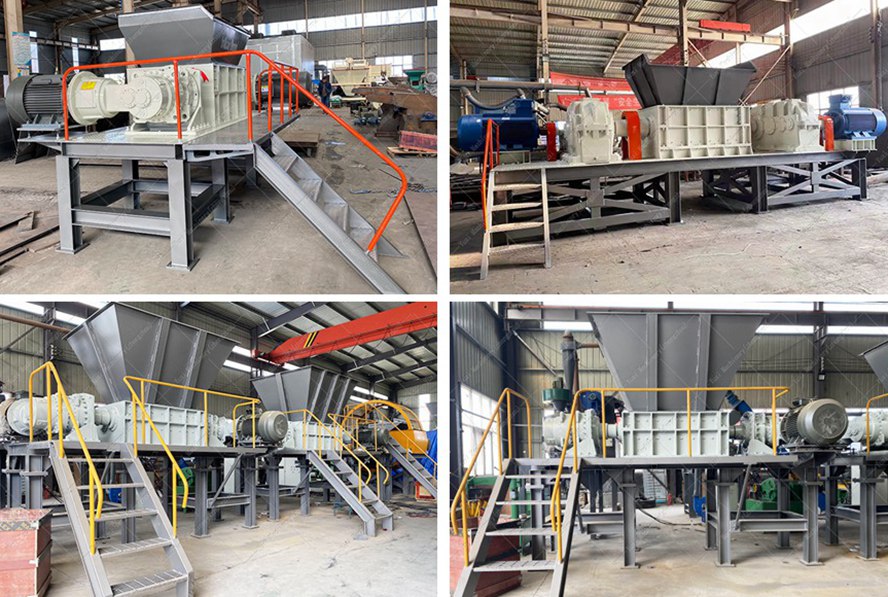
2. Key Structures of Can Shredders: Three Major Components Determining Equipment Performance
1. Shredding Cutter Shaft and Knife Set
• Material and Process: Adopt 42CrMo high-carbon chromium-molybdenum alloy steel, undergo vacuum quenching treatment (hardness reaches 55-60HRC). For thin-walled metals such as aluminum cans, some equipment is equipped with tungsten carbide coated teeth (coating thickness ≥0.3mm), which increases wear resistance by 2-3 times.
• Structural Design: The teeth are arranged at a 15-20° helix angle to realize "progressive tearing" of metal cans and avoid material jamming; the cutter shaft is a "stepped shaft + expansion sleeve" structure, with a radial runout tolerance ≤0.05mm/m to ensure operational stability.
2. Crushing Chamber and Protection System
• Chamber Material: Select Q345R pressure vessel steel, with a wall thickness ≥12mm when processing conventional beverage cans and ≥20mm when processing large industrial cans; internally install Mn13 high manganese steel wear-resistant liner (thickness ≥8mm) to prevent chamber deformation caused by long-term crushing.
• Sealing Technology: The bearing adopts six-layer composite sealing (including skeleton oil seal + labyrinth seal, etc.), with a protection grade of IP65, which is waterproof and dustproof, and extends the bearing life to more than 8000 hours.
3. Drive and Transmission System
• Power Configuration: Three-phase asynchronous motor (IP55 protection, F-class insulation). When processing aluminum cans, a power of 30-45kW is required to crush 1 ton of materials per hour; matched with a hard-tooth-surface reducer (transmission efficiency ≥94%) to output torque stably.
• Coupling: Adopt a diaphragm coupling, with a radial compensation amount ≤0.2mm and an angular compensation amount ≤0.5° to offset the dynamic impact caused by installation errors.
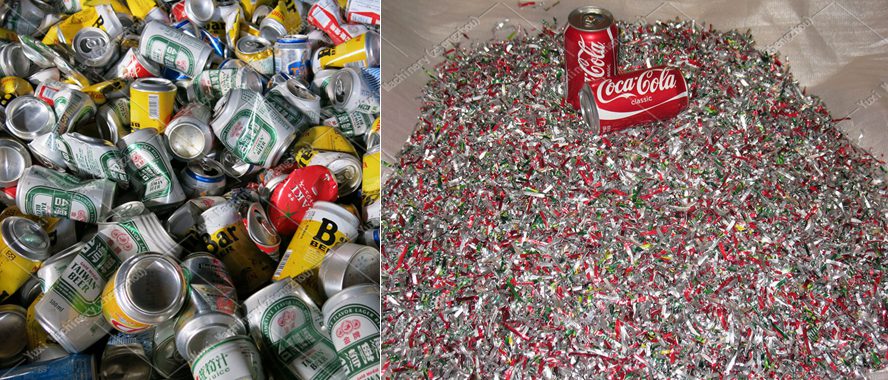
3. Production Process of Can Shredders: Precision Control from Processing to Commissioning
1. Precision Processing of Components
• The teeth need to go through the processes of "rough milling → fine grinding → vacuum quenching → edge finishing", and the edge roughness Ra ≤1.6μm to ensure no burrs on the cutting surface;
• The chamber welding adopts robotic gas shielded welding, and the welds undergo 100% UT flaw detection (grade ≥Ⅱ) to eliminate the risk of stress concentration.
2. Whole Machine Assembly and Testing
• The assembly of the cutter shaft and chamber adopts laser alignment technology, with a parallelism error ≤0.03mm/m;
• The no-load test noise ≤82dB (at 1m), and the current fluctuation ≤±3% during the load test (simulating aluminum cans/tin cans), with a crushed material particle size difference ≤10mm.
3. Safety and Environmental Configuration
• Configure a safety interlock system (emergency stop, power off when door is opened), which meets the mechanical safety distance specification;
• An negative pressure dust removal interface can be optional, connected to a central dust removal system (efficiency ≥99%) to control the workshop dust concentration ≤10mg/m³.
4. Coordination with Aluminum Can Crushers: Adaptation Logic of "Coarse Crushing - Fine Crushing" Production Line
Aluminum can crushers are responsible for refining the large crushed materials (50-100mm) produced by shredders into aluminum chips (≤10mm). The adaptation between the two needs to focus on:
• Particle size matching: The discharge particle size of the shredder must be ≤ the feeding upper limit of the aluminum can crusher (usually ≤80mm);
• Capacity matching: The hourly processing volume error between the two is ≤±10% (for example, if the shredder capacity is 1.2 tons/hour, the crusher should be in the range of 1.1-1.3 tons/hour);
• Material compatibility: If the aluminum can contains a printing coating, a paint removal process must be added after shredding before entering the crusher.
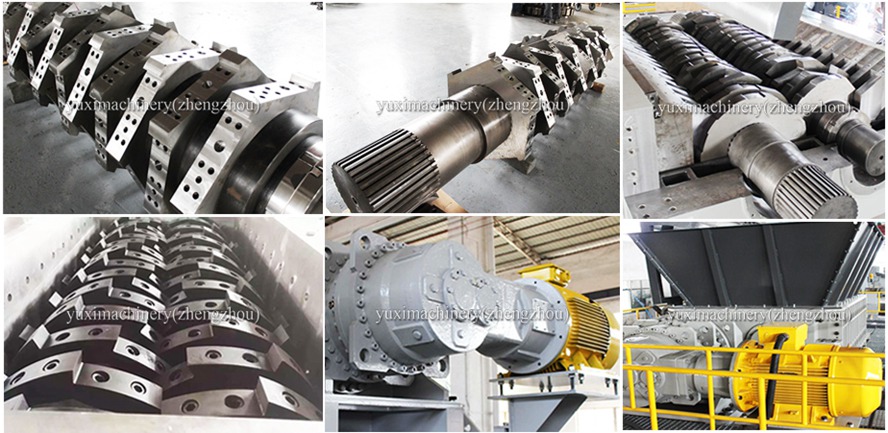
5. Selection and Quality Inspection of Can Shredders: Three Core Inspections to Avoid Pitfalls
1. Efficiency and Energy Consumption Inspection
• Crushing efficiency: When crushing 1.5 tons of aluminum cans per hour, the proportion of incompletely crushed whole cans ≤0.5%;
• Unit energy consumption: The power consumption per ton of aluminum cans crushed ≤80kW·h (industry high-quality standard).
2. Component Durability Test
• After 1000 hours of full-load operation, the tooth wear ≤0.8mm, the bearing clearance ≤0.15mm, and the equipment vibration intensity ≤2.5mm/s.
3. Safety and Environmental Compliance
• Simulate foreign object input (such as small iron blocks), and the equipment must stop and alarm automatically;
• Noise and dust emissions must meet the Comprehensive Emission Standard for Atmospheric Pollutants and Noise Standard at the Boundary of Industrial Enterprises.
6. Frequently Asked Questions (Solving Confusion in Actual Scenarios)
Q1: How to solve the serious scattering of aluminum chips when processing aluminum cans?
Cause: Poor sealing of the crushing chamber + cutting-type tooth design.
Solution: Choose equipment with a "fully enclosed crushing chamber + negative pressure dust removal" and a "squeeze-tearing" tooth structure (such as a spiral-line arranged knife set) to reduce aluminum chip splashing.
Q2: Is a small shredder reliable for small-batch metal can processing?
Judgment Standard: Check whether the manufacturer provides material inspection reports (such as 42CrMo material certification for teeth) and ISO 9001 certification. If the small equipment still uses high-spec materials and complete inspection processes, its performance is reliable; otherwise, small workshop equipment may cut corners (such as using ordinary carbon steel teeth).
Q3: Can can shredders be used to process waste home appliance casings?
Operation Points: It is necessary to replace the "large-pitch, high-hardness knife set" and increase the motor power by 15-20%; at the same time, the size of the crushing chamber feed port must be ≥ the maximum size of the material (for example, if the home appliance casing ≤800mm, the feed port ≥900mm).
Conclusion: Decision Logic for Efficient Commissioning
When purchasing a can shredder, priority should be given to crushing efficiency, component durability, and environmental configuration, and ensure the process adaptation with downstream equipment such as aluminum can crushers. If there are customized needs (such as special can types and capacities), it is recommended to choose a manufacturer with CE/SGS certification that can provide "test run videos + material reports", and conduct on-site inspections of the workshop process standardization to avoid performance non-compliance after the equipment arrives.
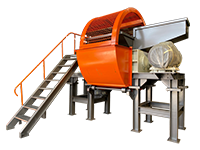 Shredding Machine
Shredding Machine
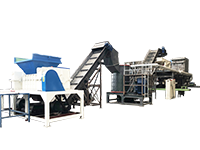 Waste Recycling Line
Waste Recycling Line
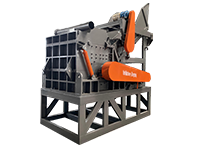 Optional Equipment
Optional Equipment



